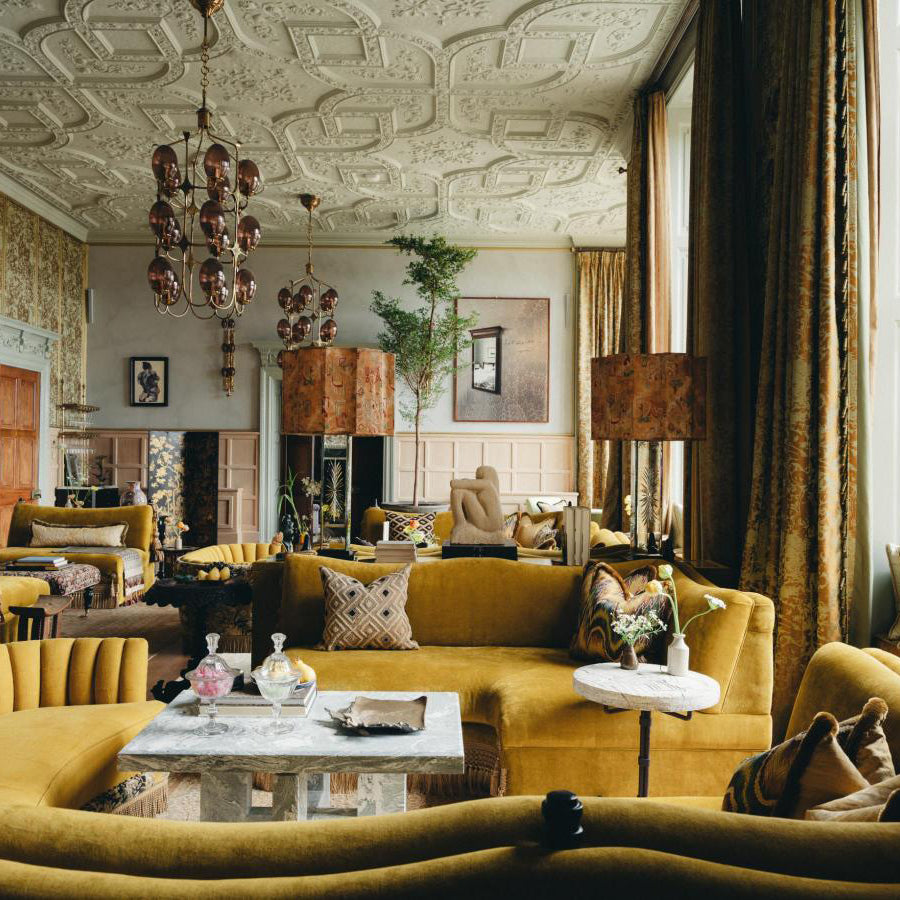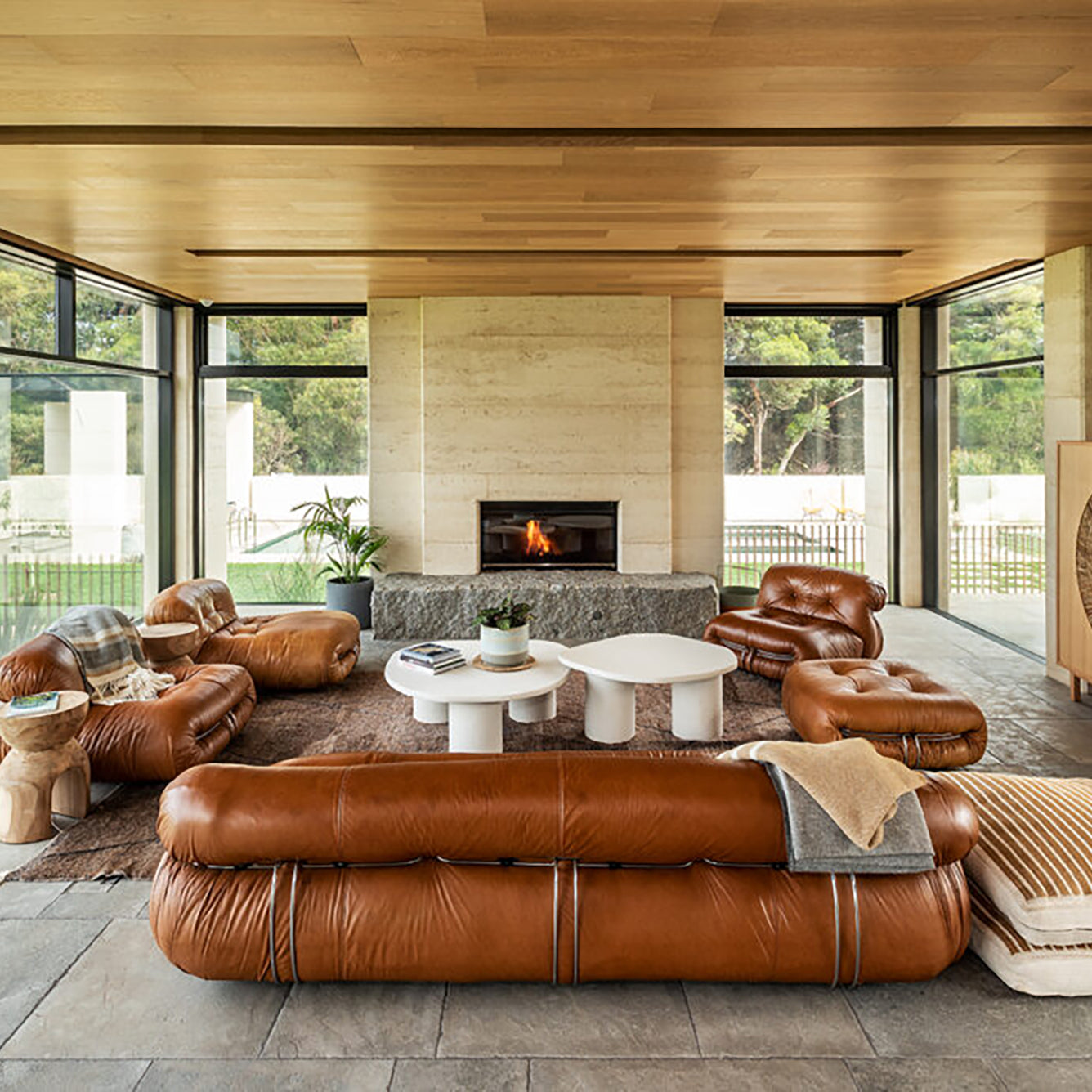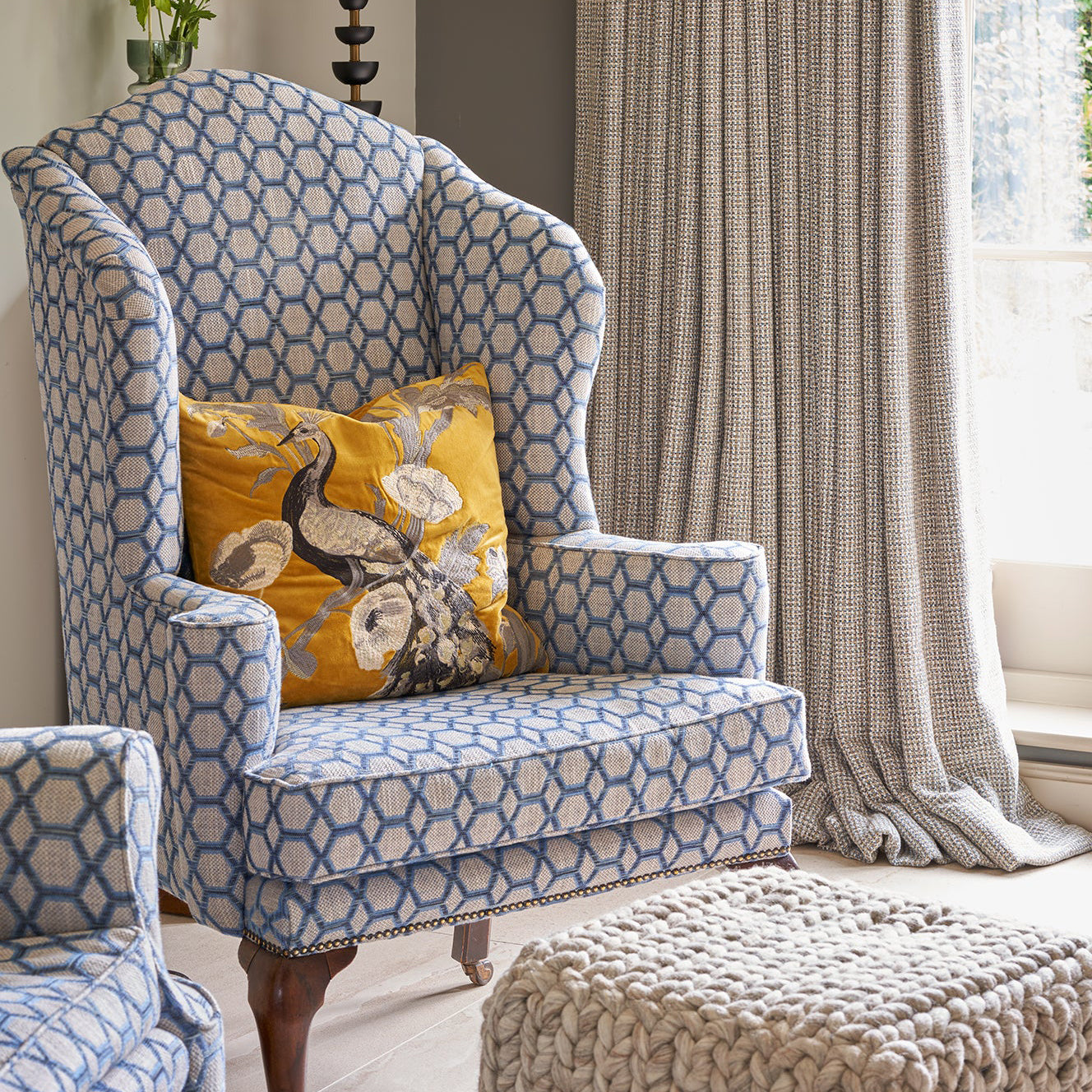MUSINGS, INSPIRATIONS, RECIPES, FEATURES & MORE
LATEST / INTERIORS INSPIRATION / COUNTRY & PERIOD HOUSE GUIDES / MUSINGS / SUSTAINABILITY / FEATURES / HEALTHY LIVING
CREATING A HARMONIOUS HOME: BALANCING MASCULINE AND FEMININE DESIGN ELEMENTS

Image by Studio Giancarlo Valle
Crafting a shared living space isn't just about furniture placement; it's about creating a home that reflects the personalities and tastes of everyone who lives there. When a couple with distinct design preferences – often categorised as masculine and feminine – comes together, achieving a harmonious balance can feel like navigating a minefield. This guide will equip you with the tools and strategies to create a beautiful and inviting space that celebrates both aesthetics.
DECONSTRUCTING THE STEREOTYPES: BEYOND THE BINARY
Before diving in, let's acknowledge that the terms "masculine" and "feminine" in design are loose categories. What one person finds traditionally masculine, another might perceive as sleek and modern. Similarly, what might be considered classically feminine to some could be seen as whimsical and playful by others.
The key is to move beyond these rigid definitions and focus on the underlying design principles often associated with each style. Here's a breakdown of some common characteristics:
Masculine: Clean lines, neutral colours (think greys, blacks, blues), focus on functionality, natural textures (leather, wood, stone), a sense of order and symmetry.
Feminine: Curved lines, soft textures (fabrics, velvet), lighter and brighter colours (pastels, pinks, lavenders), decorative accents, personal touches, a focus on comfort.
FINDING COMMON GROUND: THE UNIFYING ELEMENTS
Now that we have a basic understanding of these design principles, let's explore how to bridge the gap and create a space that feels cohesive. Here are some key strategies:
Neutral Colour Palette: A neutral colour scheme forms the foundation for your design. This doesn't have to be boring - greys, beiges, and taupes can be incredibly versatile, allowing bolder pops of colour through furniture, artwork, and accessories. Explore the cooler or warmer ends of the spectrum to cater to both preferences.
Mix Textures: Juxtaposing textures adds visual interest and depth. Balance the smooth, clean lines of a leather sofa with plush throw pillows or a woven rug.
Proportion and Scale: Consider the size and scale of furniture and decor. A large, statement piece (masculine) can be balanced with several smaller, more delicate items (feminine).
Lighting is Key: Both masculine and feminine design styles benefit from layered lighting. Combine sleek pendant lights with warm table lamps and cosy floor lamps to create different moods and functionality.
Functionality with Flair: Masculine design often emphasises practicality, while feminine design can lean towards aesthetics. Find furniture that serves a purpose but also has a touch of personality. A clean-lined coffee table with a unique base or a comfortable armchair with a patterned fabric are perfect examples.
EMBRACING INDIVIDUALITY: THE ART OF COMPROMISE
While creating a unified space is important, it's equally crucial to allow each person to express their individuality. Here's how to achieve that balance:
Dedicated Zones: If space allows, consider carving out dedicated zones for each style. A cosy reading nook with plush armchairs and botanical prints can cater to a feminine preference, while a streamlined home office with leather furniture and minimalist artwork might reflect a masculine taste.
Statement Pieces: Let each person choose a statement piece that reflects their style. A vintage rug for one, a sleek floor lamp for the other – these personal touches add a layer of individuality without compromising the overall harmony.
Accessorise Wisely: Accessories are a fantastic way to incorporate both design aesthetics. Balance a masculine leather tray on a coffee table with a feminine floral arrangement. Display a collection of travel souvenirs (masculine) alongside framed family photos (feminine).
THE FINISHING TOUCHES: PERSONALISATION IS KEY
The final step in creating a balanced and harmonious home is personalisation. Here's where you weave in the stories of your lives together:
Artwork and Photography: Display artwork and photography that you both love. This could be a collection of travel photos, a favorite painting, or even a gallery wall showcasing both styles.
Travel Souvenirs: Incorporate souvenirs from your travels together. A hand-woven rug from a trip to Morocco, a vintage globe, or a collection of seashells can add a touch of global flair and shared memories.
Plants and Flowers: Plants and flowers instantly add life and personality to a space. Choose a variety of greenery and blooms that cater to both preferences – think a large Fiddle Leaf Fig (masculine) alongside a delicate orchid (feminine).
Remember, the most important element in your shared space is that it feels like your home, by embracing each other's styles, incorporating these tips, and personalising the space with objects that tell your story.




